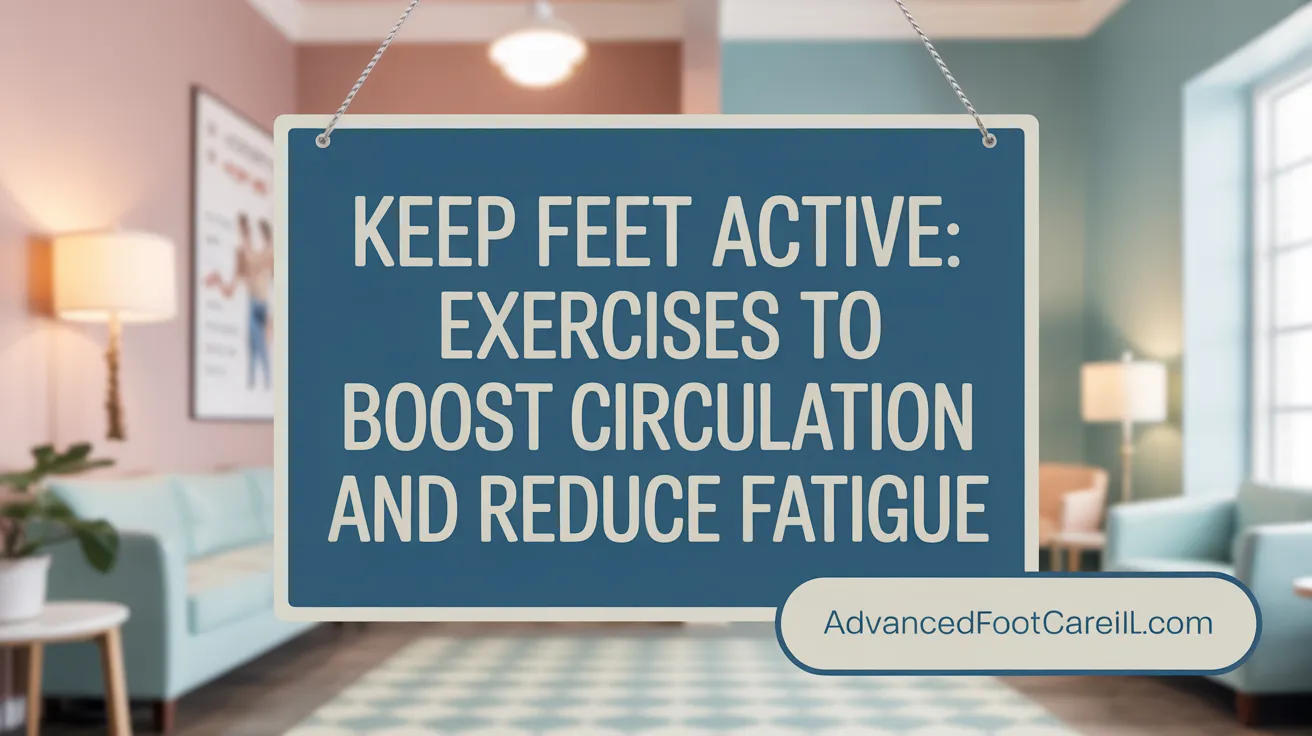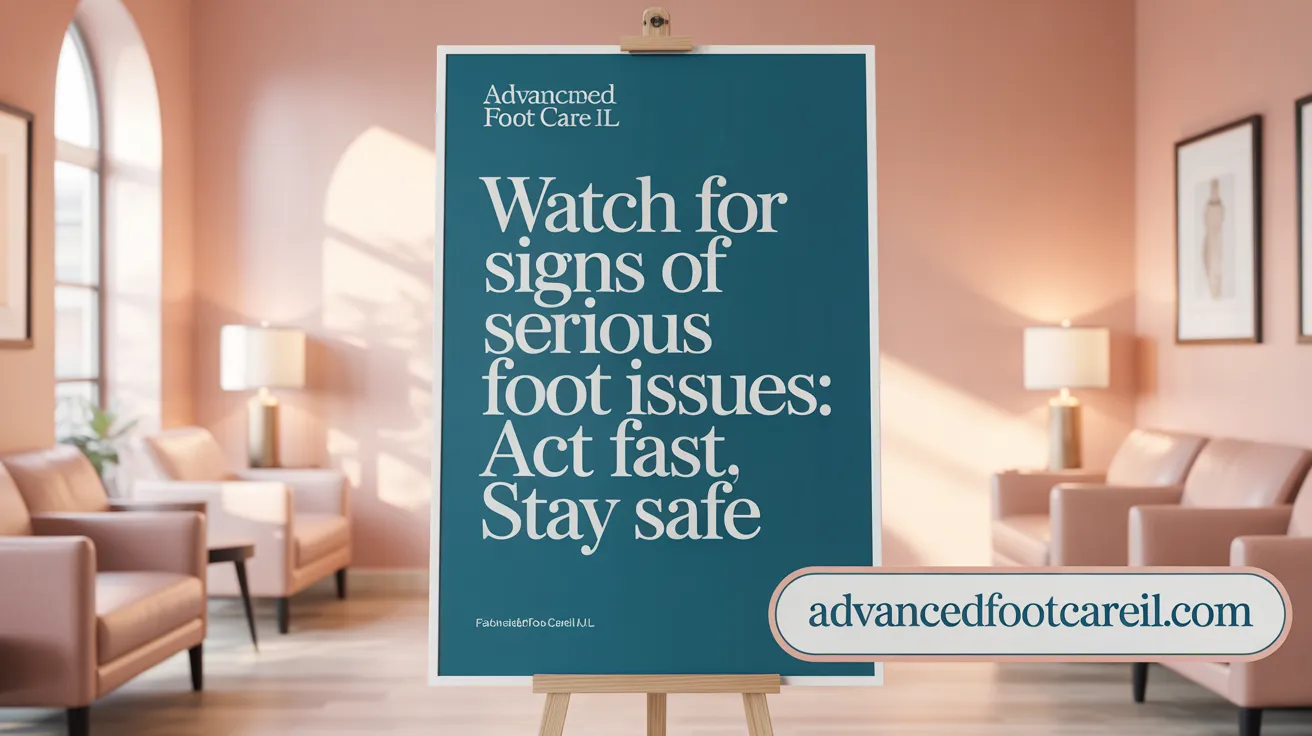Understanding Foot Fatigue During Travel
Long travel days can take a toll on your feet, causing fatigue, discomfort, and even swelling. Whether you're navigating busy airports, embarking on walking tours, or enduring prolonged flights and drives, maintaining foot health is key to enjoying your journey. This article offers comprehensive tips and strategies to prevent foot fatigue, manage discomfort, and keep your feet healthy from departure to destination.
Selecting the Ideal Footwear for Extended Travel
Which footwear is most suitable for extended travel to ensure foot comfort and health?
Choosing the right shoes can make a significant difference during long travel days. The best options are those that offer a balance of support, comfort, and adaptability to different environments.
Supportive, breathable, and lightweight shoes are ideal. Sneakers such as Luca Terra or Kizik Milan are popular choices because they are designed for all-day wear. They provide good arch support, cushioning, and feature slip-on designs that simplify the process of getting ready.
For colder or wetter destinations, waterproof boots like Ariat Wexford or Allen Edmonds shearling boots are excellent. They keep feet dry and warm, offering durability that withstands various outdoor conditions.
A practical strategy involves carrying two pairs of shoes: a comfortable walking shoe and a more supportive or dressier option suitable for evenings or formal outings. This approach ensures flexibility and helps prevent foot fatigue.
When choosing footwear, consider the trip's specifics—such as climate and planned activities. Prioritizing comfort, support, and suitability for different surfaces sustains foot health. Properly selected shoes reduce the risk of blisters, soreness, and long-term issues like plantar fasciitis.
In addition, breaking in shoes before travel can help soften them and avoid blisters or discomfort during use. Supporting insoles or orthotics, like Powerstep or Superfeet, can offer added arch support and improve comfort, especially if you have specific foot conditions.
In summary, the most suitable travel shoes adapt to varied conditions, provide ample support, and are comfortable enough for hours of walking or standing. Proper footwear is a foundational part of maintaining foot health and ensuring an enjoyable travel experience.
Pre-Travel Foot Preparation and Daily Care Routines

How should travelers prepare their feet before embarking on a journey?
Proper foot preparation begins with choosing supportive, comfortable, and breathable shoes tailored to the planned activities. Breaking in new shoes beforehand helps reduce the risk of blisters and discomfort during travel. It's also essential to inspect feet regularly for cracks, dryness, calluses, or signs of infection, and to keep toenails trimmed to avoid ingrown nails.
Packing a dedicated foot care kit is highly recommended. This should include essentials such as blister pads, bandages, antifungal powders, moisturizing foot cream, toe nail clippers, and antibacterial sprays. These items allow travelers to address minor issues promptly and maintain hygiene.
How can travelers manage existing foot issues?
Travelers with known foot problems like bunions, plantar fasciitis, or Achilles pain should manage these conditions proactively. Using custom orthotics or supportive insoles, such as Powerstep or Superfeet, can provide extra support. Consulting a healthcare professional before travel ensures proper management. Additionally, managing symptoms with prescribed medications or therapeutic strategies helps keep discomfort at bay during travel.
What are the best practices for proper nail trimming and foot hygiene?
Proper nail trimming involves cutting nails straight across to prevent ingrown toenails. Maintaining clean feet through daily washing and thorough drying—especially between the toes—reduces fungal and bacterial risks. Applying moisturizer regularly prevents cracks, especially on heels and heels, which are prone to dryness. Wearing moisture-wicking socks made from synthetics or wool can keep feet dry and healthy.
How does packing foot-specific essentials benefit travelers?
Packing items such as blister pads, breathable socks, offloading padding, and foot powder equips travelers to handle issues like blisters, dampness, or fungal infections during travel. Having a small first-aid kit containing bandages, antibiotic ointment, and sun protection offers additional prevention and treatment options.
What routines should travelers follow during travel to maintain foot health?
During travel, daily inspection of feet helps spot early signs of trouble. Moisturizing regularly avoids dry, cracked skin. Wearing well-fitting, supportive shoes or sandals protects from hot surfaces and prevents injuries. Elevating feet during breaks, doing foot stretches, and practicing seated exercises like ankle circles or foot pumps promote circulation and reduce swelling.
Adopting these routines, combined with staying hydrated and avoiding excessive salt in diet, contributes significantly to maintaining foot health on the road. Listening to your feet’s signals and addressing any discomfort early prevents minor issues from escalating into serious problems, ensuring a comfortable and enjoyable journey.
Combating Swelling and Discomfort During Flights and Long Drives

What are effective tips for managing foot discomfort and swelling while traveling?
Traveling long distances by plane or car can often lead to uncomfortable swelling in the feet and legs. Understanding how to manage these symptoms is essential for staying comfortable and healthy during your journey.
One of the most effective strategies is to keep your body moving. During long flights or drives, perform simple foot exercises such as ankle circles, foot pumps, knee lifts, or brief walks around the cabin or vehicle. These movements help stimulate blood flow and reduce fluid pooling in the lower extremities.
Wearing compression socks, especially those that reach up to the knees, is highly recommended. These specially designed support stockings apply graduated pressure, aiding circulation and preventing fluid accumulation caused by gravity.
When possible, elevate your feet during travel breaks or once you arrive at your destination. Resting your legs on a seat or footrest promotes blood flow back to the heart, reducing swelling and discomfort.
Hydration also plays a critical role. Drink plenty of water before and during your trip to help flush excess sodium and reduce water retention. Avoid salty foods, as high salt intake encourages fluid buildup that can exacerbate swelling.
Comfortable, supportive shoes are vital. Opt for well-fitting footwear that offers good arch support, and avoid crossing your legs while seated, as this can restrict blood flow and worsen swelling.
By incorporating these simple habits—staying active, using compression hosiery, elevating your feet, and maintaining hydration—you can significantly lessen the discomfort caused by prolonged immobility during travel.
Foot Exercises and Stretching to Maintain Circulation and Strength

How can travelers prevent foot fatigue during long travel days?
Long days of travel can put a strain on your feet, leading to discomfort, swelling, and fatigue. The good news is that simple foot exercises and stretches can make a significant difference.
During travel, incorporate movements like ankle circles, foot pumps, and toe wiggles. These exercises help promote blood flow and reduce muscle tension. For example, rotate your ankles slowly in circles, repeatedly flex and point your toes, or lift your knees and do knee lifts while seated.
Stretching is also effective. After prolonged periods of sitting or walking, try gentle stretches such as pointing your toes and then pulling them back or doing calf stretches against a wall. This helps relieve muscle tightness and keeps your feet flexible.
A popular gentle yoga pose to improve circulation is Legs-Up-the-Wall (Viparita Karani). It's simple: lie on your back near a wall, extend your legs upward, and relax. This pose supports blood flow back from your legs to your heart. However, if you have health conditions like hypertension or certain circulatory issues, consult a healthcare provider before attempting this pose.
Timing is important — perform these exercises during breaks in your travel schedule. Whether you're in an airport lounge, on a bus, or during a long layover, take a few minutes to stretch and move.
The benefits include increased foot flexibility, better circulation, reduced swelling, and less fatigue. Maintaining your foot health allows you to stay comfortable and mobile throughout your journey.
| Exercise/Stretch | When to Perform | Benefits | Additional Tips |
|---|---|---|---|
| Ankle circles | Every couple of hours | Improves ankle flexibility, promotes circulation | Sit comfortably, rotate ankles slowly |
| Toe wiggles | During seated breaks | Prevents stiffness, improves blood flow | Wiggle toes repeatedly, stretch toes outward |
| Knee lifts | During waiting periods | Engages leg muscles, enhances circulation | Lift knees high, alternate legs |
| Legs-Up-the-Wall pose | During extended stops | Reduces swelling, relaxes leg muscles | Hold for 5-10 minutes, ensure back is flat |
Adopting these simple practices can significantly reduce discomfort and help maintain your foot strength and health during busy travel days.
Footwear and Sock Choices to Prevent Blisters and Skin Issues

Which techniques help avoid foot strain and injury during long trips?
Traveling often means spending hours on your feet or sitting in confined spaces, which can cause discomfort, swelling, and even injuries. To protect your feet, start with selecting comfortable, lightweight shoes that provide good arch support and cushioning. Breaking in new shoes before your trip helps prevent blisters and hot spots.
Wearing moisture-wicking socks made from synthetic fibers or wool is essential to keep your feet dry and reduce friction. Supportive socks, like biomechanical or compression types, enhance blood flow and help minimize swelling. For additional protection, pack blister pads, bandages, and other foot care essentials.
During your journey, incorporate regular foot stretches, simple foot exercises such as ankle circles and foot pumps, and walking around whenever possible. These actions improve circulation and prevent stiffness.
Elevate your feet when resting and practice good foot hygiene in unfamiliar environments—wash and thoroughly dry your feet to avoid fungal infections. If you experience persistent pain or swelling, seek professional medical assistance promptly.
Support accessories like orthotics or support stockings can further bolster comfort, especially for those with flat feet or other conditions. Hydrating well and avoiding excessive salt intake help reduce swelling.
Plan your travel schedule to include frequent resting breaks, and select seats that allow you to stretch and elevate your legs. Maintaining these habits ensures healthier, more comfortable feet throughout your trip.
Managing Foot Hygiene and Protecting Against Infections on the Road
Washing and drying feet thoroughly
Maintaining clean feet is vital for overall foot health, especially when traveling in unfamiliar environments. Always wash your feet with soap and water at the end of each day, paying special attention to areas between the toes. After washing, dry your feet thoroughly to prevent moisture buildup, which can lead to fungal infections like athlete’s foot.
Using antifungal powders and antibacterial sprays
Applying antifungal powders or sprays can help keep feet dry and inhibit fungal growth, especially in humid or hot climates. These products are useful for preventing conditions such as athlete’s foot and toenail fungus. Additionally, antibacterial sprays can reduce the risk of bacterial infections resulting from cuts or abrasions.
Wearing socks during airport security checks
To prevent the spread of fungi and bacteria, it’s advisable to wear socks when passing through airport security. Socks act as a protective barrier, keeping feet dry and reducing direct contact with shared surfaces or public hygiene areas. Moisture-wicking socks made from synthetic fibers or wool are especially effective in managing sweat and odor.
Avoiding walking barefoot in public areas
Public showers, gym locker rooms, and communal pools are hotspots for fungal infections. Always wear flip-flops or shower sandals in these areas to shield your feet from dirty surfaces and potential infections. Going barefoot exposes your feet to bacteria and fungi, increasing the risk of conditions like athlete’s foot.
Packing and using foot hygiene essentials
Travelers should pack a dedicated foot hygiene kit that includes items such as blister pads, bandages, antibacterial creams, alcohol wipes, and moisturizing foot cream. These essentials help you address little injuries promptly and keep your feet comfortable during long days of walking or exploring.
By following these simple hygiene practices, travelers can protect their feet from infections, discomfort, and other problems, ensuring a healthier, more enjoyable journey.
Using Compression and Orthotic Supports for Travel Comfort
What are the benefits of compression socks for circulation and swelling?
Compression socks are designed to provide gentle pressure on the legs and ankles. This pressure helps support blood flow back to the heart, reducing the risk of swelling and discomfort during long periods of sitting or standing. They are especially effective during flights, train rides, or long drives, where leg movement is limited.
How do I choose appropriate compression stockings?
Opt for compression stockings that reach up to the knees or higher, depending on your needs. Look for options with the right level of compression—measured in mmHg—recommended by your healthcare provider. Socks made from moisture-wicking materials also prevent dampness and reduce the chance of fungal infections.
What is the role of orthotics for flat feet and plantar fasciitis?
Orthotic insoles, like Powerstep or Superfeet, provide additional arch support that can alleviate pain associated with flat feet and plantar fasciitis. These supports help distribute pressure evenly across the foot, improve stability, and prevent fatigue during long walks or prolonged standing.
When should I seek professional medical advice?
If you experience persistent foot pain, swelling that worsens, redness, or warmth, it’s important to seek medical evaluation. Severe symptoms could indicate serious issues like deep vein thrombosis (DVT) or infections. Consulting a healthcare professional ensures proper diagnosis and appropriate treatment.
How can I incorporate supportive insoles like Powerstep or Superfeet?
Supportive insoles should be inserted into your shoes before travel and replaced if they become worn. They’re especially useful if you wear sneakers regularly or spend a lot of time on your feet. Custom orthotics may be recommended for specific conditions such as flat feet or chronic arch pain.
| Support Item | Recommended For | Benefits | Additional Notes |
|---|---|---|---|
| Compression socks | Swelling, circulation support | Support blood flow, reduce swelling | Wear during flights, long drives, or standing |
| Orthotic insoles | Flat feet, plantar fasciitis | Improve arch support, stability | Use with supportive footwear |
Adopting these supports can enhance comfort, prevent common travel-related foot issues, and keep you mobile and energized throughout your journey.
Recognizing and Responding to Serious Foot Problems During Travel

Identifying Signs of Serious Swelling and Blood Clots
While swelling in the feet and ankles during travel is common and usually harmless, certain symptoms may indicate serious health issues. Be alert to severe swelling accompanied by pain, redness, warmth, or noticeable warmth, which could be signs of deep vein thrombosis (DVT). Additional warning signs include sudden chest pain, shortness of breath, or rapid heartbeat.
When to Seek Immediate Medical Help
Seek emergency medical attention if you experience symptoms such as severe swelling with pain, redness, or warmth; chest pain; shortness of breath; or unexplained rapid heartbeat. These could be signs of blood clots or other serious conditions needing urgent care. Prompt diagnosis and treatment are vital to prevent complications.
Managing Persistent Foot Pain Before and During Travel
Persistent foot discomfort should not be ignored. If pain lasts beyond a few days or worsens, consult a healthcare professional before traveling. During travel, if foot pain persists or worsens, seek evaluation to avoid aggravating the condition. Using proper supportive footwear, orthotics, and maintaining foot hygiene can help manage pain.
Avoiding Common Mistakes That Worsen Foot Health
Prevent foot problems by avoiding tight shoes, walking barefoot in public spaces, and neglecting hygiene routines. Wearing damp shoes or socks increases the risk of fungal infections. Regularly inspecting your feet and promptly addressing issues like blisters, calluses, or cuts can prevent infections and other complications.
Tips for Injury Prevention and Care on Adventurous Trips
For active or adventurous trips, choose sturdy, supportive footwear suited to the activity. Use orthotics if needed, and be cautious with uneven terrain to prevent sprains or fractures. In case of minor injuries like cuts or blisters, clean the area, apply appropriate bandages, and keep the feet dry. If signs of more serious injury occur, seek medical care immediately.
| Signs of Serious Foot Issues | When to Seek Immediate Help | Preventive Measures | Foot Care Tips |
|---|---|---|---|
| Severe swelling & pain | Chest pain, shortness of breath | Supportive shoes | Regular stretching |
| Redness & warmth | Sudden worsening of pain | Hydration & movement | Inspect feet daily |
| Signs of blood clots | Unexplained swelling & discomfort | Orthotics & compression socks | Maintain hygiene |
| Fungal infections | Persistent foot pain | Elevate feet & rest | Use blister pads |
By staying attentive to these warning signs and practicing proactive foot care, travelers can reduce the risk of serious complications and enjoy a healthier, more comfortable trip.
Keeping Your Feet Happy on Every Journey
Traveling can be exhilarating, but long days on your feet or in transit can quickly lead to fatigue and discomfort. With careful footwear selection, proactive foot care routines, and strategies to manage swelling and strain, you can significantly reduce foot problems during your adventures. Pay attention to your feet’s needs, stay hydrated, incorporate stretching, and don’t hesitate to seek medical advice for persistent issues. By treating your feet with care, every step of your journey will feel lighter and more enjoyable.
References
- Healthy Foot Habits for Your Vacation Travel
- The Essential Guide to Prevent Foot Pain During Summer ...
- How to Avoid Swollen Feet and Ankles During Travel
- Why Do Your Feet Swell During Long Flights?
- How To Prepare Your Feet For A Holiday
- Tips for Healthy Feet while Traveling
- Travel Smart: Tips For Healthy Feet on Vacation | Wichita ...
